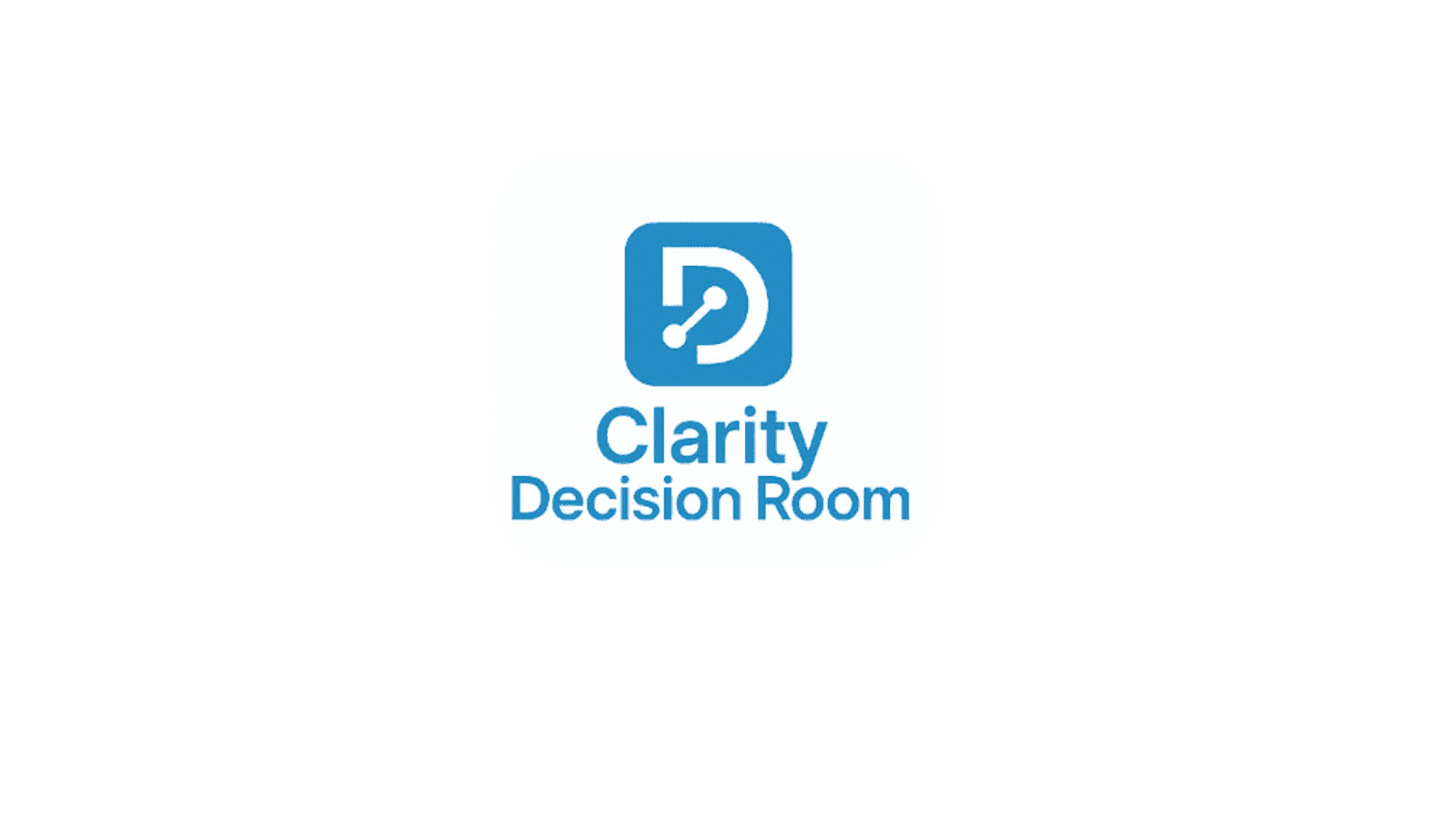How do we value diversity and promote inclusivity?
When discussing respect in the workplace, one question that should be included is how to value diversity and promote inclusivity.
Clarity Metrics Group has a subsidiary, Clarity Academy, that offers a certification program for our Agile Evolution Method™. We have seven guiding principles, one of which is to "Act with Integrity and Respect in all interactions and decisions." Our curriculum explains in detail what it means to act with respect, including respecting differences and opinions.
This week, we asked Amy Chen, an AI Product and Strategy Consultant, Podcaster, and Substack Writer, three questions about cultural inclusivity in decision-making. Read her answers below.
1. Can you describe a situation where cultural considerations led to a successful outcome in a global business decision?Coming from Taiwan and working in the U.S., I’ve often seen how cultural nuances can make or break a business decision. One example was when I worked on a cross-border project involving a U.S. tech company expanding into Taiwan. The U.S. team initially approached the market with a very direct, efficiency-driven strategy, focusing solely on product features. However, I knew that in Taiwan, trust plays a crucial role in business. Instead of pushing aggressive sales tactics, I advised the team to invest time in building relationships with key local partners through informal meetings and mutual introductions.This approach paid off—by understanding that decision-making in Taiwan is often consensus-driven, we secured partnerships that might not have happened if we had taken a purely Western approach.2. In a global team setting, how do you balance the need for cultural sensitivity with the need for clear, effective communication? Can you give an example of a time when you had to navigate these competing demands?One challenge I often face as a Taiwanese immigrant working in a U.S. corporate environment is balancing the indirect communication styles common in Asia with the directness preferred in the U.S. For example, I worked on a team with both American and Taiwanese members. During a project review, I noticed that the Taiwanese engineers were hesitant to voice disagreements openly, while the American team members expected direct feedback.To bridge this gap, I had 1:1 with my colleagues and encouraged them to speak up more, reassuring them that their input was valued. If they didn’t feel comfortable speaking in meetings, they could share their thoughts in writing instead. Over time, they became more accustomed to direct communication with their American coworkers, leading to a more collaborative and productive team dynamic.3. How do you measure the effectiveness of cultural considerations in global decision-making? What metrics or benchmarks do you use to assess the impact of cultural factors on business outcomes?Measuring the effectiveness of cultural considerations in global business decisions can be tricky. Since I have primarily worked on smaller teams, I conduct regular check-ins with teammates to gauge their perspectives and ensure that cultural differences are being navigated effectively.
Amy Chen
Amy Chen is a startup advisor, content creator, and AI practitioner bridging technology, business, and global markets. She co-founded The Cocoons by Stella and Amy, a Mandarin podcast and English Substack where she creates content exploring tech, startups, and career growth from an APAC-U.S. perspective. As a founding team member at Seasalt.ai, she drives AI product development, growth, and strategy. Previously, she worked on AI/ML engineering and algorithms at Uptake and System1. With an MS in Computational Linguistics from the University of Washington and a BS in Statistics from UCLA, she combines technical expertise with storytelling to make complex topics accessible.
The Cocoons: https://thecocoons.substack.com/
Seasalt.ai: https://seasalt.ai/

